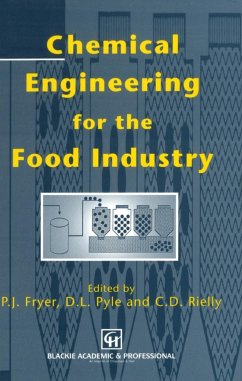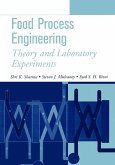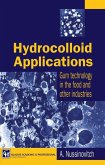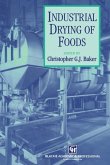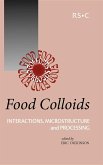1 Introduction to process design.- 1.1 Material requirements and flows.- 1.2 Energy balances.- 1.3 Process economics.- Appendix 1.A: Some basic definitions.- Conclusions.- Further reading.- 2 Newtonian fluid mechanics.- 2.1 Laminar and turbulent flow.- 2.2 Ideal fluids.- 2.3 Laminar flows.- 2.4 Dimensional analysis.- 2.5 Turbulent flow.- Conclusions.- Further reading.- 3 Introduction to heat transfer.- 3.1 Heat conduction.- 3.2 Heat transfer in flowing systems.- 3.3 Heat exchange: more practical aspects.- Conclusions.- Further reading.- 4 Mass transfer in food and bioprocesses.- 4.1 Why does transfer occur?.- 4.2 Mechanisms.- 4.3 Equilibrium.- 4.4 Diffusion.- 4.5 Transient behaviour.- 4.6 Flowing systems.- 4.7 Interphase transfer.- 4.8 Aeration.- 4.9 Mass transfer limitations.- Conclusions.- Further reading.- 5 Food rheology.- 5.1 Characteristics of non-Newtonian fluids.- 5.2 Viscometric flows.- 5.3 Application to engineering problems.- Appendix 5.A: Linear viscoelastic Maxwell element.- Appendix 5.B: Concentric cylinder viscometer.- Appendix 5.C: Cone and plate viscometer.- Conclusions.- References and further reading.- 6 Process design: heat integration.- 6.1 Design of process plant.- 6.2 Second-law analysis: heat integration.- 6.3 Heat and process integration in the food industry.- Conclusions.- 7 Process control.- 7.1 What is the control problem?.- 7.2 Block diagrams.- 7.3 Process dynamics.- 7.4 multiple inputs and linearization.- 7.5 Frequency response.- 7.6 Feedforward and feedback control.- 7.7 Types of controller action.- 7.8 Control system design for complete plants.- Conclusions.- Further reading.- 8 Reactors and reactions in food processing.- 8.1 Reactor types.- 8.2 Physical chemistry of food reactions.- 8.3 Analysis of isothermal 'ideal' reactor systems.- 8.4 Non-isothermal reactions.- 8.5 Non-ideal flow and mixing in continuous reactors.- Conclusions.- References and further reading.- 9 Thermal treatment of foods.- 9.1 Engineering principles.- 9.2 Continuous processing: problems and solutions.- 9.3 Fouling and cleaning in food process plant.- Conclusions.- References and further reading.- 10 Mixing in food processing.- 10.1 Fundamentals of mixing.- 10.2 Fluid-mixing equipment.- 10.3 Power consumption in stirred tanks.- 10.4 Miscible liquid blending operations.- 10.5 Gas-liquid mixing.- 10.6 Liquid-liquid dispersions and the creation of emulsions.- 10.7 Solids suspension and solid-liquid mass transfer.- 10.8 Scale-up of mixers from pilot trials.- 10.9 Alternative mixing devices.- 10.10 Mixing of particulate materials.- Conclusions.- References and further reading.- 11 Process design: an exercise and simulation examples.- 11.1 An integrated cheese plant: a design exercise.- 11.2 Computer simulations.- Conclusions.- Overall conclusions.

